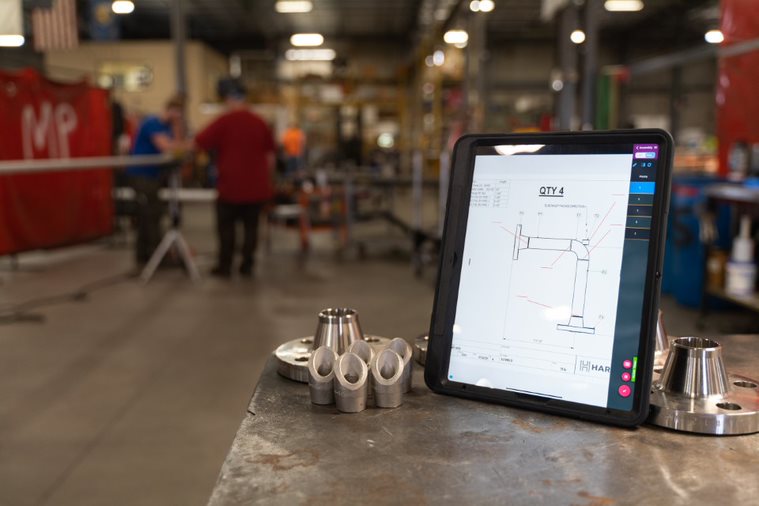Does precision sheet metal fabrication require selecting the proper hardware? Of course. Many types of hardware for Sheet Metal achieve the same goals but offer several different options to connect parts. Sheet metal hardware can vary by material, type, thickness, thread code, length, and shank. As a result, selecting the right part can be overwhelming. To make this decision process much easier and manageable, below are standard types of hardware used by sheet metal fabricators.
In the fabrication market, many more options are available, so we canvased the internet to bring eight popular hardware options to increase sheet metal fabrication precision:
1. Stud is a bar threaded of varying circumference and length. A Stud is permanently attached to a separate part, commonly a nut, that is swaged, welded, or bonded. A stud resembles a screw without the flared head, though some studs have heads on one end.
2. Standoff fasteners are used for other components’ spacing and precision placement. These fasteners are threaded into a nut.
3. PEM nut is manufactured by PennEngineering, and simply fastened and threaded onto a standoff or another component. The part is referred to as a self-clinching, captive fastener, or threaded insert if PennEngineering doesn’t make the part.
4. TY-D tie-downs are necessary for cable management with square bodies and an eye to provide a guide for cables and wires securely in applications. In addition, TY-D’s are self-clinching and don’t rely on screws or adhesives to hold them in place and offer self-clinching.
5. Panel fasteners, also known as captive panel screws, are similar to standard screws and have knurled or smooth caps. A majority of these parts are designed for low profiles and smaller applications.
6. Pin is similar to a stud but does not have threads. They are also called self-clinching pins and are produced in small sizes. Micro-pins are essential parts for smartphones and watches, and many other electronics.
7. Locking nuts and fasteners resist loosening and being “unlocked” when they experience movement or vibration. A locking nut is an internally threaded fastener with locking capabilities.
8. Floating nut and screw or floating self-clinching fasteners have non-locking and locking threads. As a result, these parts can provide load-bearing strength in thin sheets.
The Right Hardware for Sheet Metal Fabrication Success
Selecting the proper hardware for your project begins with your application’s considerations with the design dictating the requirements, which include load-bearing capacity, locking capabilities, and length. You have selected your type of hardware, so the natural next step is determining the material needed for your project, which potentially can be complicated.
A popular choice among engineers is to use steel hardware for designing sheet metal parts because it’s easy and cost-effective, although it may not be the optimal option. For example, steel hardware is an inadequate option if you work with aluminum or stainless steel in your fabrication process. Another example is steel doesn’t stand-up to plating outside of a material. Steel is also softer than stainless steel, so knurls will not grip the material properly, possibly causing the hardware to fall under pressure. Selecting the wrong type of hardware material can be costly, so ensure your team members are on the same page.
Selecting the Right Sheet Metal Design Software
Form and function are two critical elements for successfully designing a product. Autodesk Revit is a popular design tool for visualizing the final product and testing its usability and performance.
Product design software should include a comprehensive and complete end-user guide for learning how the software works – guiding the user through the entire design process, reducing wasting resources, and minimizing the need for physical prototypes.
When you’re looking for Design software that is suitable for sheet metal product design and manufacturing, you’ll want a solution that lets you account for:
- Physical materials
- The manufacturing process
- Mechanics and structure
- Usability and form
- User safety and performance analysis
Product design is a comprehensive process that starts with a concept to solve a problem and ends with a physical product ready for fabrication or manufacturing. Other types of design may require rendering, prototyping, sketching, or performance analysis. Product design should include these phases and more when developing a product ready for manufacturing. Revit design software can take your sheet metal product from start to finish without relying on exporting or importing files into other programs.
Most of the design software products provide very similar features and need to be thoroughly vetted to achieve the design goals of your Sheet Metal firm.









